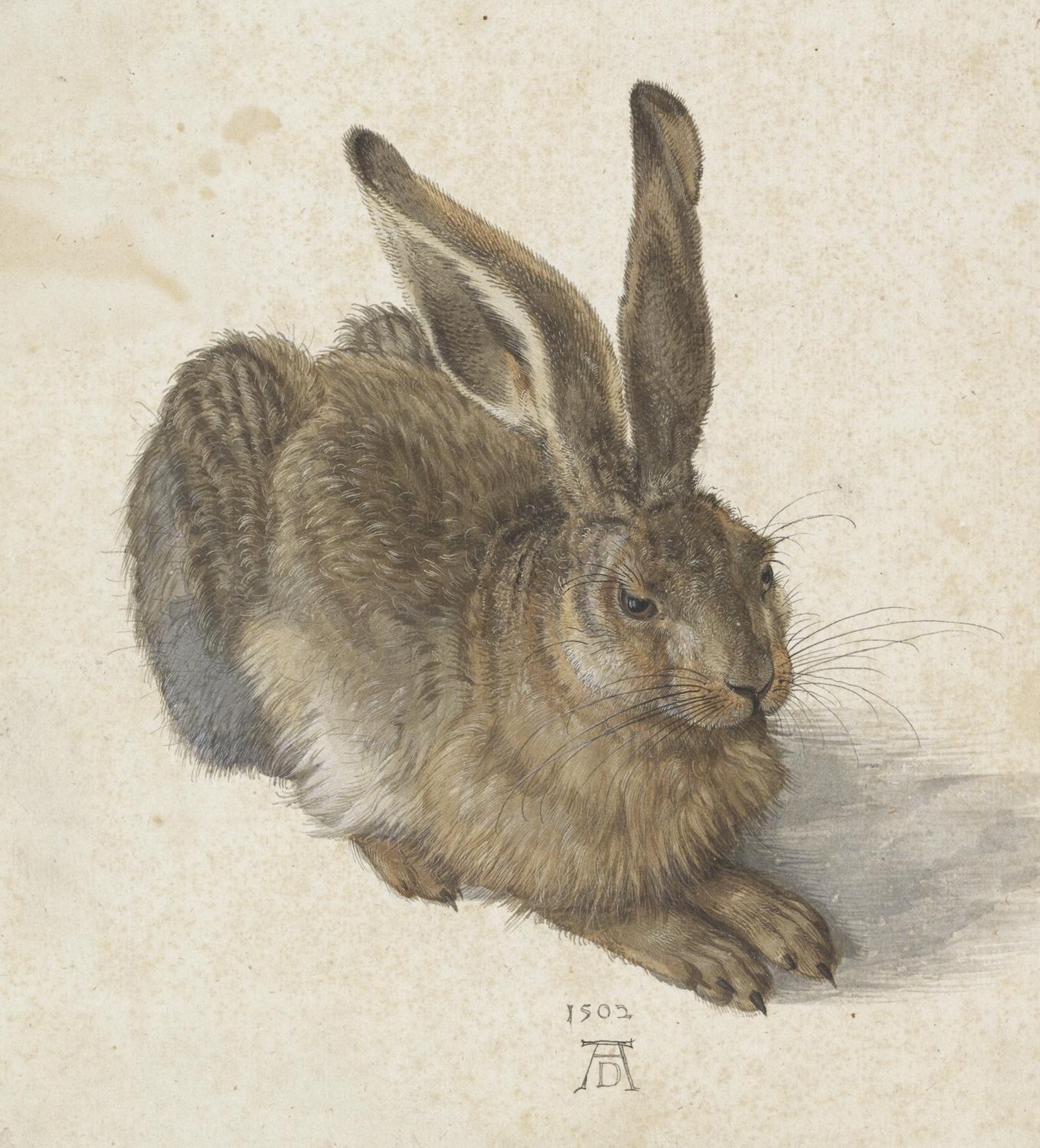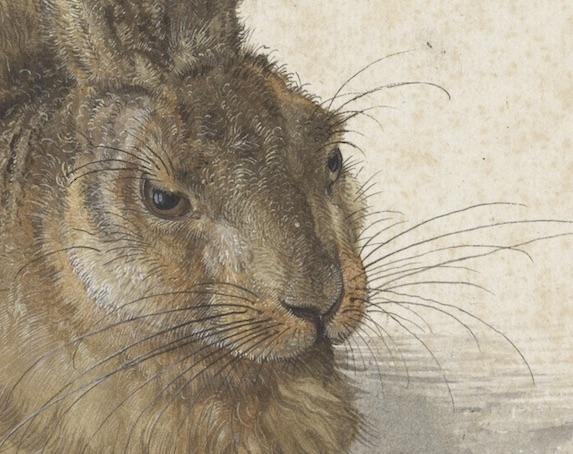Dürer also brought a serious, yet sympathetic approach to portraying animals, as manifested in Hare. Scholars believe that Dürer studied dead hares to achieve the technical precision shown in this work. The hair on the animal’s haunches is far more unruly than the tight tufts on its ears. The hare’s eyes are serious, but hardly menacing. Its whiskers are utilitarian, yet far from flawless.
Remarkably, documents from Dürer’s workshop indicate that Hare stayed with Dürer until his death and that he had no intention of selling it. Clearly, it was hardly a case study or a mere sketch.
Yet, as my perusal of that small-town Virginia shop sporting a Dürer T-Shirt shows, this hare has managed to transcend time and geography in a remarkable way.
"Art is a [discussion] throughout generations, it is a bond that can transcend millennia," notes Albertina Director Klaus Albrecht Schröder in an interview with Art & Object.
Dürer was nothing if not understated and pithy. After he died in April 1528 he was buried in St. John’s Cemetery (Johannisfriedhof) in Nuremberg.
The artist's epitaph reads, “Whatever was mortal in Albrecht Dürer lies beneath this mound.”


























